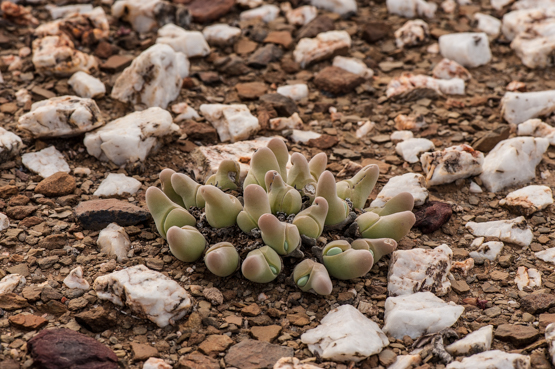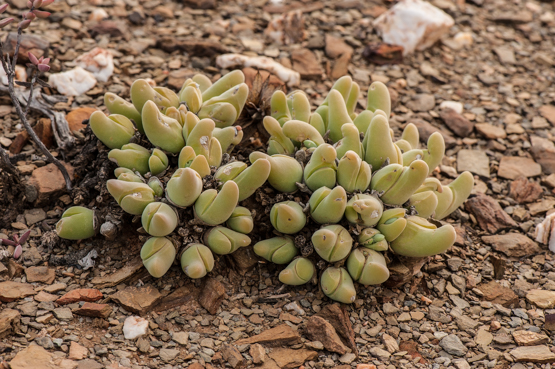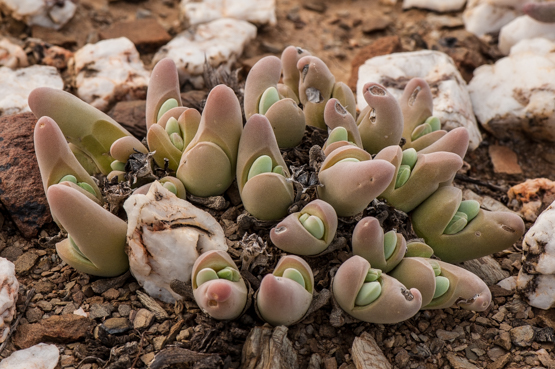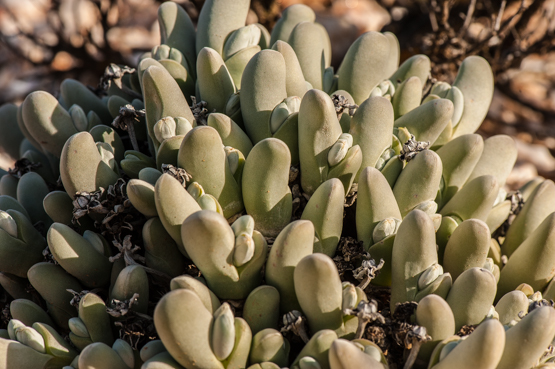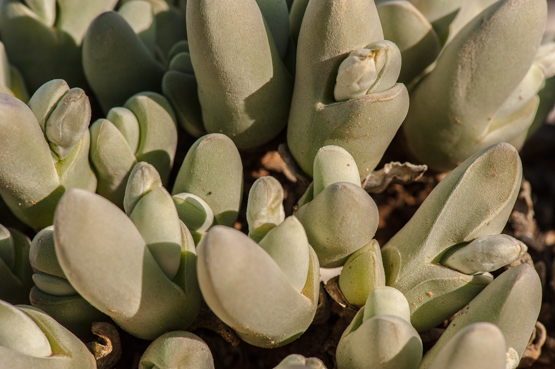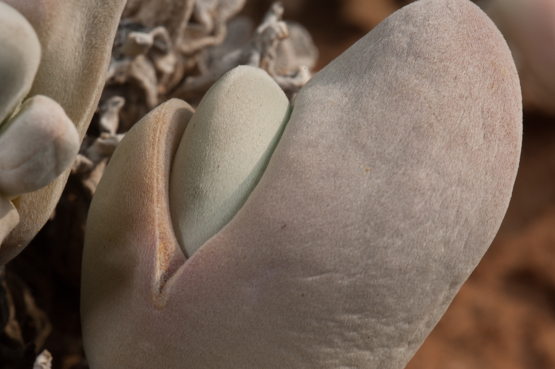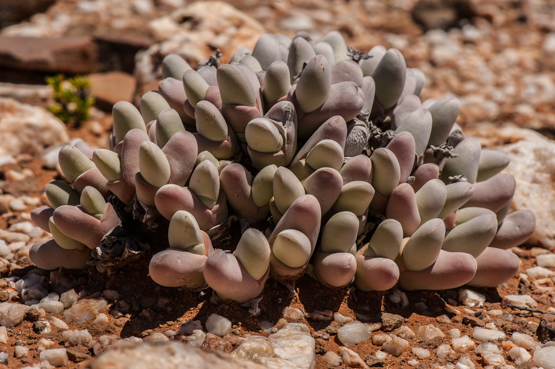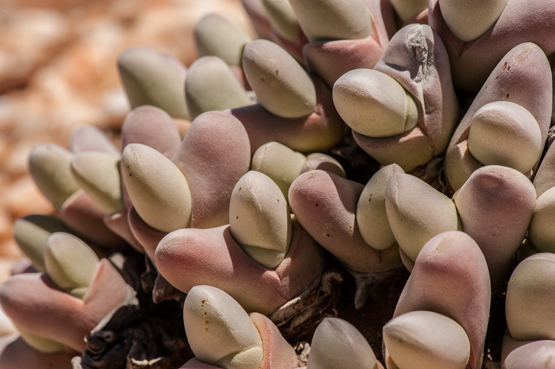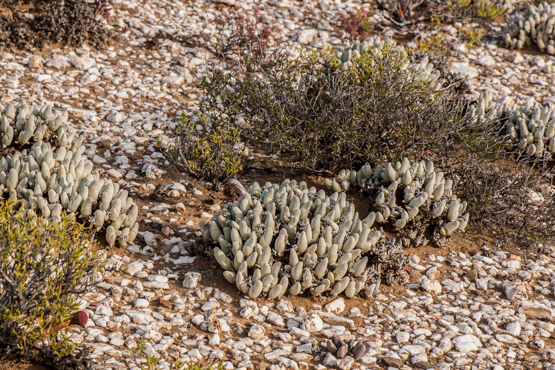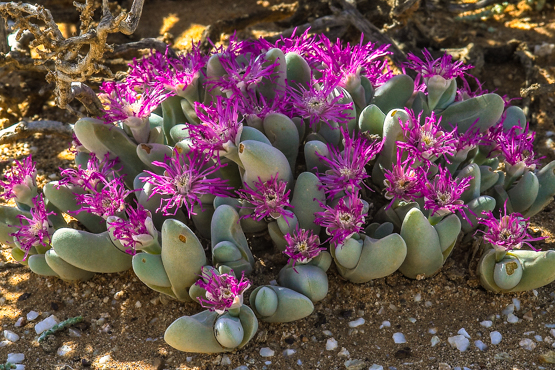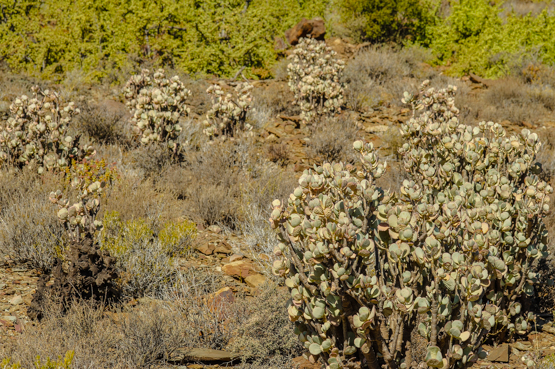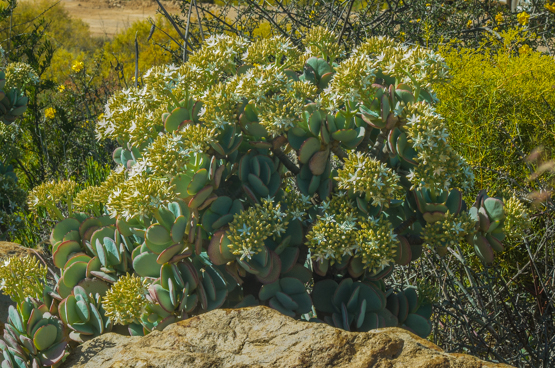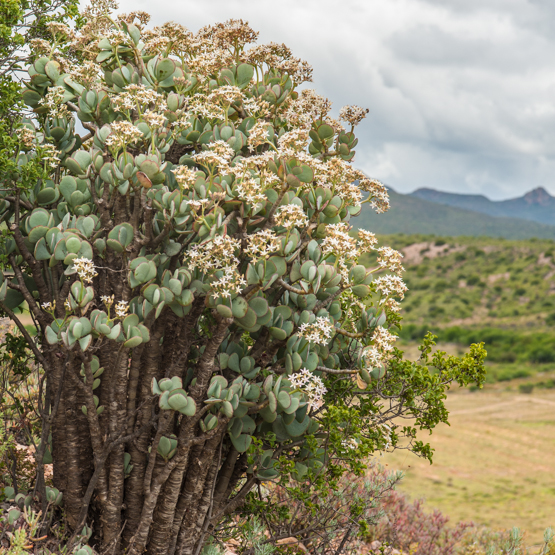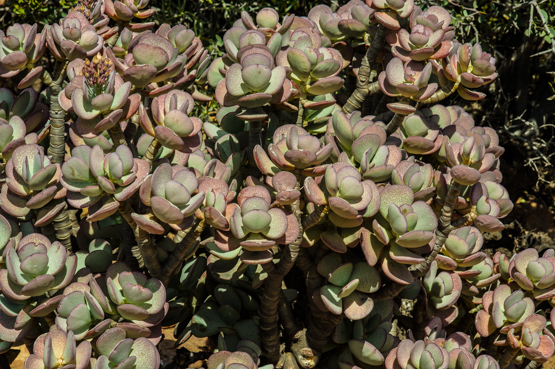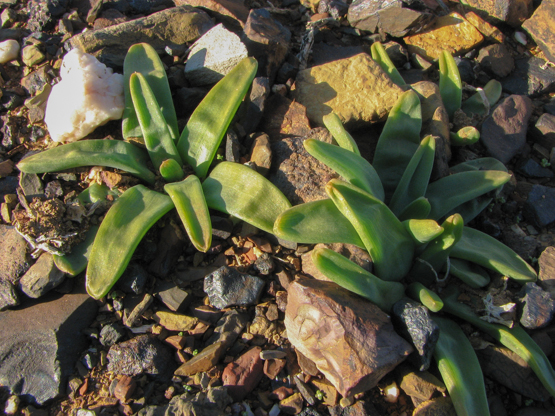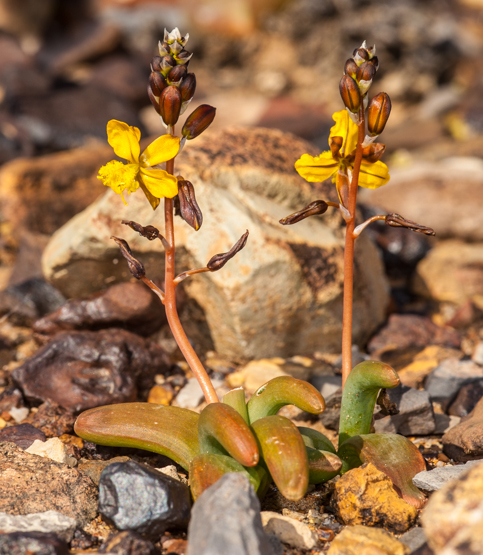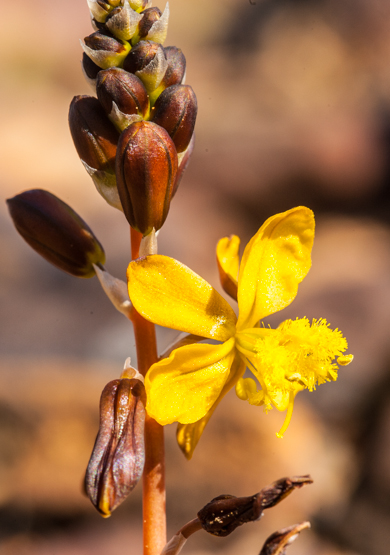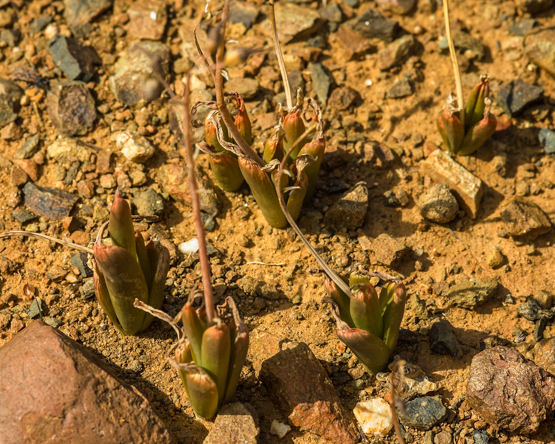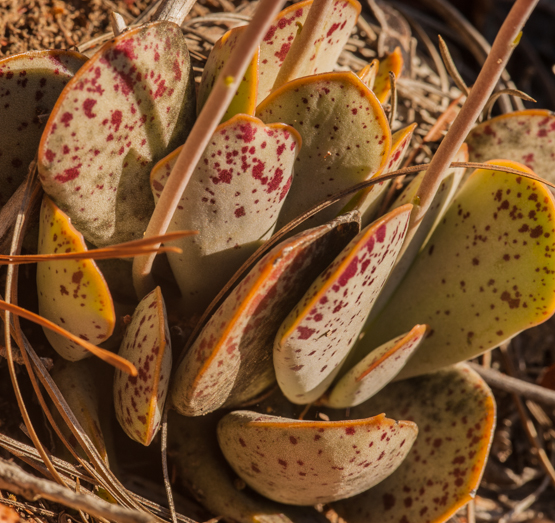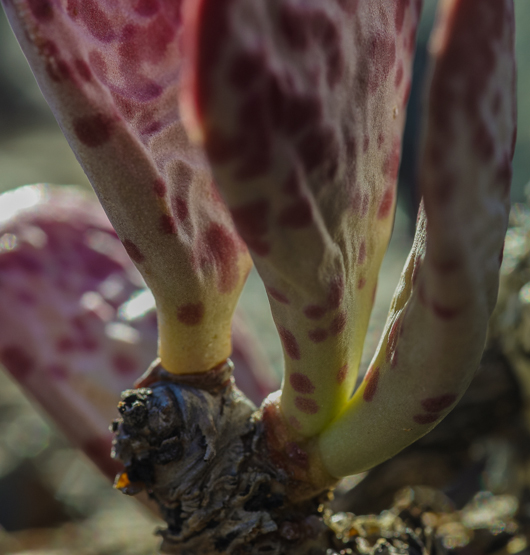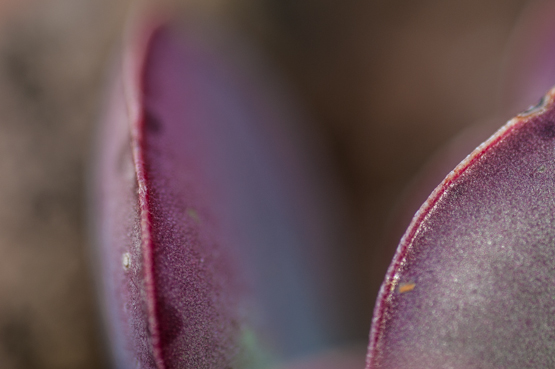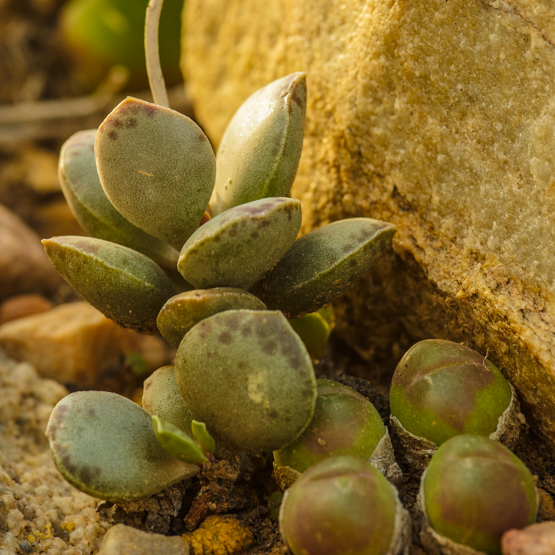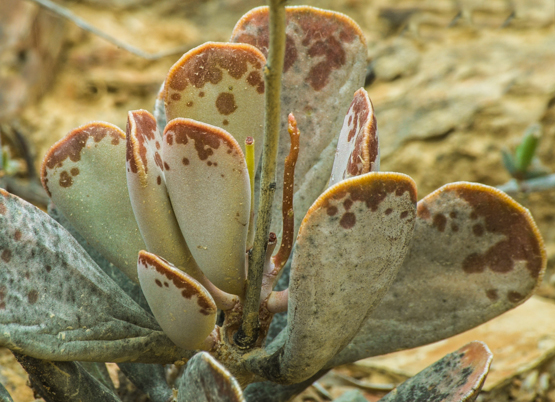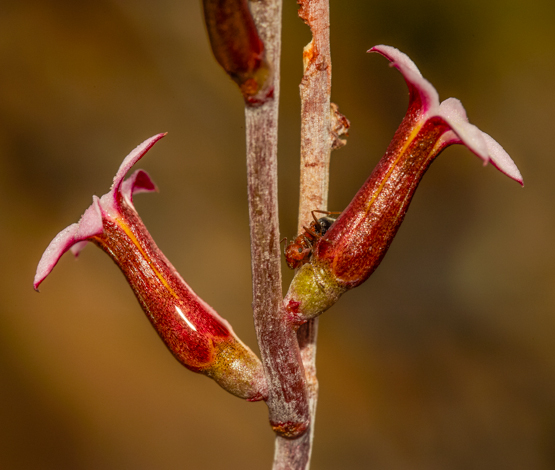The following pictures show G. pubescens ssp. shandii.
The last one was taken 3 May 2014, all the others 30 June 2013.
Month: May 2015
Gibbaeum pubescens and shandii (part 2/3)
Gibbaeum pubescens and G. shandii (part1/3)
These two species are closely related and often difficult to tell apart at first sight. In fact there is only one cast-iron distinguishing character.
In The Gibbaeum Handbook (1953), G.C. Nel wrote the following with regard to G. shandii:
” This species is related to, and resembles G. pubescens in its general appearance so much that one can only decide after examining the tomentose covering with a hand lens, whether it is G. pubescens or G. shandii. The tomentose covering of G. shandii consists of separate, stellately branched hairs and the underlying greenish epidermis can be seen between the hairs. With the naked eye, the hairy covering seems continuous. The thick tomentose covering of G. pubescens consists of minute simple hairs pointing downwards and closely adpressed to the epidermis, to such an extent that the underlying epidermis is entirely covered by them. These two species occur either together in the same patch or they may be separated, at times, by a short distance. Both these two species form large white greyish cushions of various sizes.”
He then ends his discussion of this species as follows:
“The description of G. pubescens is valid for that of G. shandii. The only important difference is in the nature of the tomentose covering.”
In the light of the above it is not surprising that in 1983, H. F. Glen decided to reduce the rank of these two species to subspecies (G. pubescens ssp. pubescens and G. pubescens ssp. shandii resp).
Both (sub)species occur in the area between Ladismith and Barrydale in the Little Karoo.
The five pictures of G. pubescens ssp. pubescens shown here were taken at the following dates:
1,2: 30 June 2013
3: 14 Sept. 2010
4,5: 26 Sept. 2006
Crassula arborescens ssp. arborescens
With stems up to 2 m tall and sometimes as much as 20 cm in diameter, this species really lives up to its name (arborescens = growing into a tree).
The plants occur mainly in the mountains between Worcester and Prince Albert and are
often abundant in clayey soil on rocky slopes and outcrops.
The flowers appear in spring and summer (Oct.-Dec.).
Bulbine succulenta
Why would a plant like this spend a lot of water and energy to produce succulent leaves, only to let them die back when the dry period arrives?
The only reason I can think of is the following: in winter there is a surplus of water, which the woody underground tuber cannot absorb quickly enough.
Leaves, even succulent ones, can grow much faster than tubers, and therefore can store more water in a shorter period. When the weather starts becoming drier and hotter, the water in the leaves is then gradually absorbed by the tuber.
This recycling of water is best known from the mesemb family. It works a bit differently there (for one, very few Mesembs have tubers) but the general idea seems to me to be the same. For more info on this phenomenon, have a look at Water recycling in succulents.
B. succulenta is often locally abundant in the western part of the Little Karoo and further northwards (Tanqua Karoo and Bokkeveld Mts).
Although the leaves in this species may be up to 13 cm long, they are usually much shorter; the width varies from 0.3-1 cm.
The flowers appear from July through September and are yellow (as in nearly all Bulbines).
Pictures are in chronological order:
1 taken 11 July
2 and 3: 4 Sept.
4: 1 Oct.
.
Adromischus triflorus (2)
Adromischus triflorus (1)
Many Adromischus species are quite variable and this one is no exception.
Looking at the pictures you will get some idea of the differences in size, colour, markings and shape of the leaves.
A. maculatus is often quite similar, but there the horny leaf margin runs all around the circumference of the leaves, whereas in A. triflorus it is only present in the upper half.
The species occurs on lower sandstone slopes and rocky outcrops from Clanwilliam to Worcester, Mossel Bay and Steytlerville; in the Little Karoo it is the most common Adromischus.
The relatively large flowers appear from November to January.

